Abstergo logos in Far Cry. Sam Fisher in Ghost Recon: Wildlands. The Assassin’s Brotherhood symbol in Rainbow Six Siege. Raving Rabbids in Watch Dogs. Ubisoft loves to have their games reference and connect to one another. At the moment these connections are seemingly there for two reasons: a cheeky promotion of another game or just as a fun easter egg. But could they also be a hint at something far greater: a shared universe? Are Sam Fisher’s goggles in Assassin’s Creed: Odyssey and his costume in Far Cry: New Dawn just an easter egg to build excitement for the heavily rumoured but unconfirmed new Splinter Cell game? Or are they the key to revealing all these games take place in the same universe?
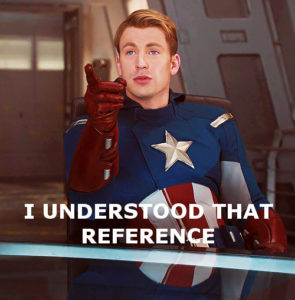 Now sometimes an easter egg is just an easter egg. There’s a reference to blue meth in Far Cry 3 and you can find the Tardis in Assassin’s Creed: Origins. Does this mean the Ubisoft games share a universe with Doctor Who and Breaking Bad? Of course not! That’s preposterous. They’re just there as a bit of fun and for gamers to channel their inner Captain America and claim “I understood that reference”. The ever-growing theory of a Ubisoft shared universe needs to be backed up by two things: references to other Ubisoft titles in games and then – much more importantly – story connections. Seeing an Abstergo logo in Far Cry 3 is fun and everything but there’s no story to back it up. Maybe it’s a subtle nod to a shared universe but at the moment we can only claim it to be an easter egg. That’s the same with Fourth Echelon goggles appearing in The Division and the Assassin Brotherhood symbol appearing in Rainbow Six Siege. They’re nods to connectivity but there’s no evidence that they are anything more than an easter egg, and can’t be taken any more seriously than those windows that looked vaguely like Optimus Prime in the first Assassin’s Creed.
Now sometimes an easter egg is just an easter egg. There’s a reference to blue meth in Far Cry 3 and you can find the Tardis in Assassin’s Creed: Origins. Does this mean the Ubisoft games share a universe with Doctor Who and Breaking Bad? Of course not! That’s preposterous. They’re just there as a bit of fun and for gamers to channel their inner Captain America and claim “I understood that reference”. The ever-growing theory of a Ubisoft shared universe needs to be backed up by two things: references to other Ubisoft titles in games and then – much more importantly – story connections. Seeing an Abstergo logo in Far Cry 3 is fun and everything but there’s no story to back it up. Maybe it’s a subtle nod to a shared universe but at the moment we can only claim it to be an easter egg. That’s the same with Fourth Echelon goggles appearing in The Division and the Assassin Brotherhood symbol appearing in Rainbow Six Siege. They’re nods to connectivity but there’s no evidence that they are anything more than an easter egg, and can’t be taken any more seriously than those windows that looked vaguely like Optimus Prime in the first Assassin’s Creed.
So, most easter eggs are just easter eggs, but there have been story connections between Ubisoft games in the past which give credence to the shared universe theory. Sam Fisher, the protagonist of the Splinter Cell franchise, briefly appears in Ghost Recon: Wildlands requesting the player’s help on a mission. This seems like concrete proof of a connection between the two franchises, although Sam also references Snake from Metal Gear Solid, so this connection as well could just be a bit of fun not to be taken seriously. And this all could just be to get people pumped for the next Splinter Cell game instead of genuine story connections. But let’s say they are connected. That implies that the games based on Tom Clancy properties exist in the same timeline, apart from maybe The Division, but what of other Ubisoft franchises?
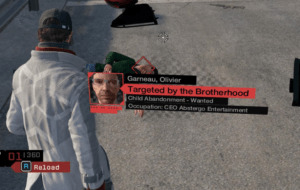 The biggest connection to date is between the Assassin’s Creed and Watch Dogs franchises. During the modern-day missions in Assassin’s Creed IV: Black Flag, you have to spy on Olivier Garneau, the CEO of Abstergo Entertainment. Late into the game, he travels to Chicago and apparently disappears but if you play the first Watch Dogs then you know his fate. The Assassin Brotherhood hire Aiden Pierce, the Watch Dogs protagonist, to kill Garneau. This is even backed up in Assassin’s Creed: Origins where we see a CCTV image of Pierce killing Garneau. This is undoubtable proof that the Assassin’s Creed and Watch Dogs franchises take place in a shared universe, but now that so little of Assassin’s Creed is set in the present day there’s not much of a chance of any more crossover. But are these the only two games that share this timeline or are the other Ubisoft titles taking place in that same universe? What we need in order to find out is an event in a game so huge that, if other franchises share that universe, they’ll have to reference it. Say, the apocalypse?
The biggest connection to date is between the Assassin’s Creed and Watch Dogs franchises. During the modern-day missions in Assassin’s Creed IV: Black Flag, you have to spy on Olivier Garneau, the CEO of Abstergo Entertainment. Late into the game, he travels to Chicago and apparently disappears but if you play the first Watch Dogs then you know his fate. The Assassin Brotherhood hire Aiden Pierce, the Watch Dogs protagonist, to kill Garneau. This is even backed up in Assassin’s Creed: Origins where we see a CCTV image of Pierce killing Garneau. This is undoubtable proof that the Assassin’s Creed and Watch Dogs franchises take place in a shared universe, but now that so little of Assassin’s Creed is set in the present day there’s not much of a chance of any more crossover. But are these the only two games that share this timeline or are the other Ubisoft titles taking place in that same universe? What we need in order to find out is an event in a game so huge that, if other franchises share that universe, they’ll have to reference it. Say, the apocalypse?
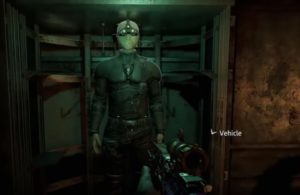 I think the key to finally answering this question, one way or the other, is the end of Far Cry 5. Spoilers but it turns out the end was nigh and the US, maybe even the rest of the world, was decimated with nuclear weapons. If this is a shared universe then that’s the type of thing that would come up in conversation in the other games! Far Cry 5’s direct sequel Far Cry: New Dawn is set 17 years after the bombs were dropped and in one mission you come across the downed Fourth Echelon plane from Splinter Cell: Blacklist, and within is Sam Fisher’s stealth suit and iconic goggles. This isn’t just a tiny easter egg; It’s the centre piece of a mission and there’s even a trophy/achievement attached to finding it. So, will the plot of the next Splinter Cell involve these nukes going off, maybe due to Sam Fisher’s failure? How much of a shakeup would that be! Probably a much needed one for Splinter Cell, but it’s such a big event that would have repercussions in every franchise if they did share a universe.
I think the key to finally answering this question, one way or the other, is the end of Far Cry 5. Spoilers but it turns out the end was nigh and the US, maybe even the rest of the world, was decimated with nuclear weapons. If this is a shared universe then that’s the type of thing that would come up in conversation in the other games! Far Cry 5’s direct sequel Far Cry: New Dawn is set 17 years after the bombs were dropped and in one mission you come across the downed Fourth Echelon plane from Splinter Cell: Blacklist, and within is Sam Fisher’s stealth suit and iconic goggles. This isn’t just a tiny easter egg; It’s the centre piece of a mission and there’s even a trophy/achievement attached to finding it. So, will the plot of the next Splinter Cell involve these nukes going off, maybe due to Sam Fisher’s failure? How much of a shakeup would that be! Probably a much needed one for Splinter Cell, but it’s such a big event that would have repercussions in every franchise if they did share a universe.
The only issue with placing a Far Cry game as the fulcrum of a shared universe is that it’s arguable whether the Far Cry games exist in the same universe. The first is definitely its own thing, the second is seemingly unconnected (but underrated) and from the third game onward (not including the spin-off New Dawn being an obvious Far Cry 5 sequel) the only connective tissue are a couple of side characters like Hurk and Willis popping up in each. I’m not even sure Far Cry 6 will acknowledge the Armageddon ending of the fifth game. I want the series to go back in time and do a Cold War game set somewhere in the Eastern Bloc but considering each game is barmier than the last I don’t think space is out of the question.
 So, is there really a Ubisoft shared universe? I’d say no. I don’t think all these franchises are being weaved together into some great tapestry, or that this is all building to some culmination event. Sam Fisher and the Raving Rabbids aren’t going to team up to take down Blume or Abstergo any time soon. But I do think the connections between games are more than mere easter eggs and marketing. I think Ubisoft games will continue to cross over but in small ways. Ways that offer fun connections and link stories and characters together, without severely impacting the individual franchises. Sam Fisher’s costume and the Fourth Echelon plane may appear in New Dawn because the Sam Fisher in the Far Cry universe crashed on that plane, but the Splinter Cell games may exist in their own universe where the nukes never went off. Whereas the Watch Dogs and Assassin’s Creed universes may in fact be the same one, as long as the connections between the stories don’t become overbearing. In short, I don’t think everything is connected but I think some things are. Every link and easter egg need to be examined individually and are pieces of several different puzzles rather than one big one. But who knows? Maybe I’ll be proven wrong…
So, is there really a Ubisoft shared universe? I’d say no. I don’t think all these franchises are being weaved together into some great tapestry, or that this is all building to some culmination event. Sam Fisher and the Raving Rabbids aren’t going to team up to take down Blume or Abstergo any time soon. But I do think the connections between games are more than mere easter eggs and marketing. I think Ubisoft games will continue to cross over but in small ways. Ways that offer fun connections and link stories and characters together, without severely impacting the individual franchises. Sam Fisher’s costume and the Fourth Echelon plane may appear in New Dawn because the Sam Fisher in the Far Cry universe crashed on that plane, but the Splinter Cell games may exist in their own universe where the nukes never went off. Whereas the Watch Dogs and Assassin’s Creed universes may in fact be the same one, as long as the connections between the stories don’t become overbearing. In short, I don’t think everything is connected but I think some things are. Every link and easter egg need to be examined individually and are pieces of several different puzzles rather than one big one. But who knows? Maybe I’ll be proven wrong…
Do you believe in the Ubisoft shared universe theory? Which games and characters would you like to see cross over? Let me know in the comments and geek out with me about TV, movies and video-games on Twitter @kylebrrtt.




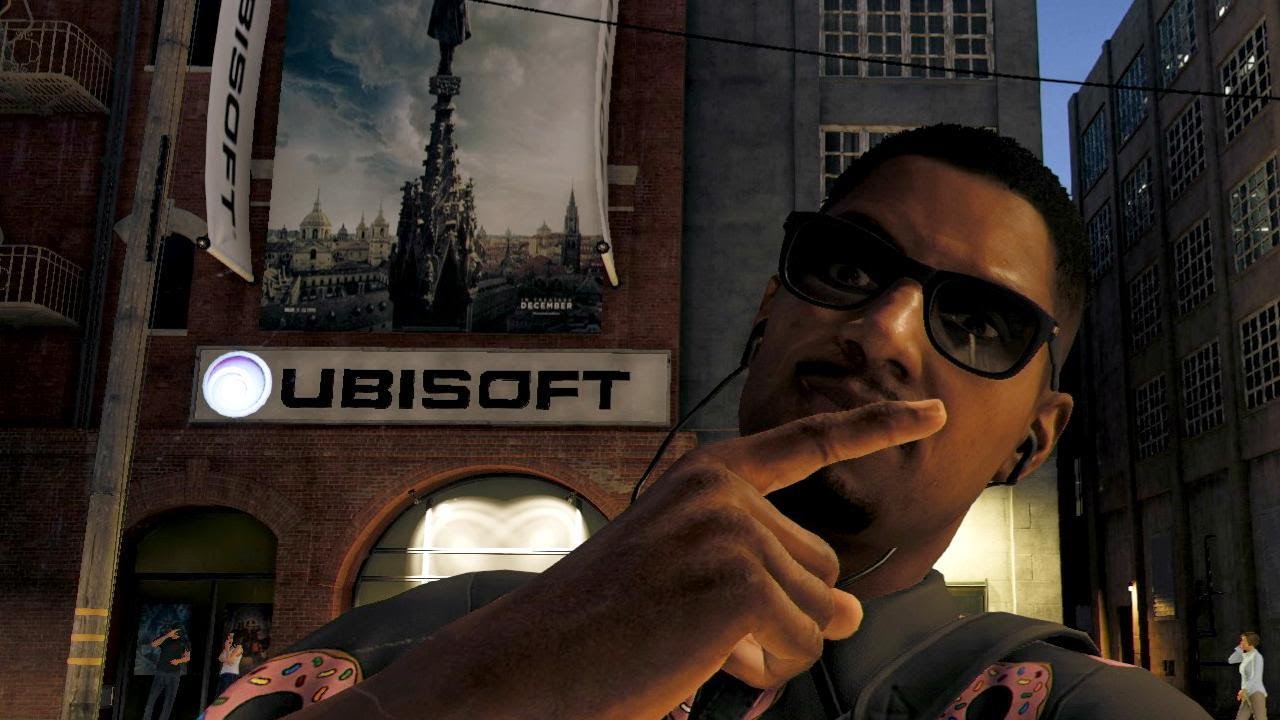

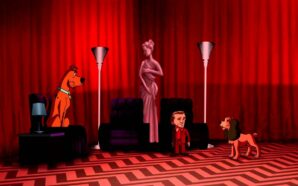
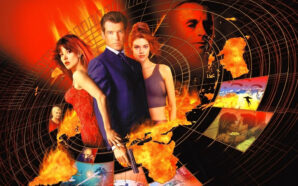
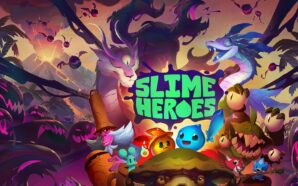
[…] it seems that Far Cry’s stories aren’t as connected as we may have thought. There are easter eggs throughout the series that tie things together, one of the most famous showing a connection between Primal and 4, but it […]